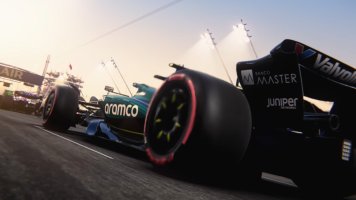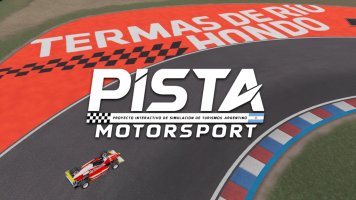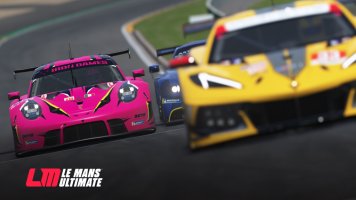Ghoults
Lasse Luisu
When making a car there are couple of trouble points that are difficult to get right. One is the overall shape. This means the nose is typically rounder than it looks and the car is narrower at the front and rear than it is in the middle. This is easy to get wrong which makes the car look boxy. When working using those image planes there are also couple of places where the image planes typically suck. The front A-pillars are typically difficult to smoothly shape to the hood and sides. Better make these shapes as good as you can before you move to making window seams for example.
It is also tempting to make holes to the shape for things like door handles, mirrors, lights and seams but personally I'd avoid making those holes as long as possible. You can still make the door knobs and other bits as separate objects and it is a lot easier to adjust the body shape when you don't need to worry about keeping the annoying little bits smooth.
You can and also should look at how professional modellers have made certain parts of the car. Look at the wireframe around the fenders and around the window edges and see how yours is little different. Pay attention how the faces loop around the shapes and holes how and the width of these faces changes when they are closer to edge.
It is also tempting to make holes to the shape for things like door handles, mirrors, lights and seams but personally I'd avoid making those holes as long as possible. You can still make the door knobs and other bits as separate objects and it is a lot easier to adjust the body shape when you don't need to worry about keeping the annoying little bits smooth.
You can and also should look at how professional modellers have made certain parts of the car. Look at the wireframe around the fenders and around the window edges and see how yours is little different. Pay attention how the faces loop around the shapes and holes how and the width of these faces changes when they are closer to edge.

















